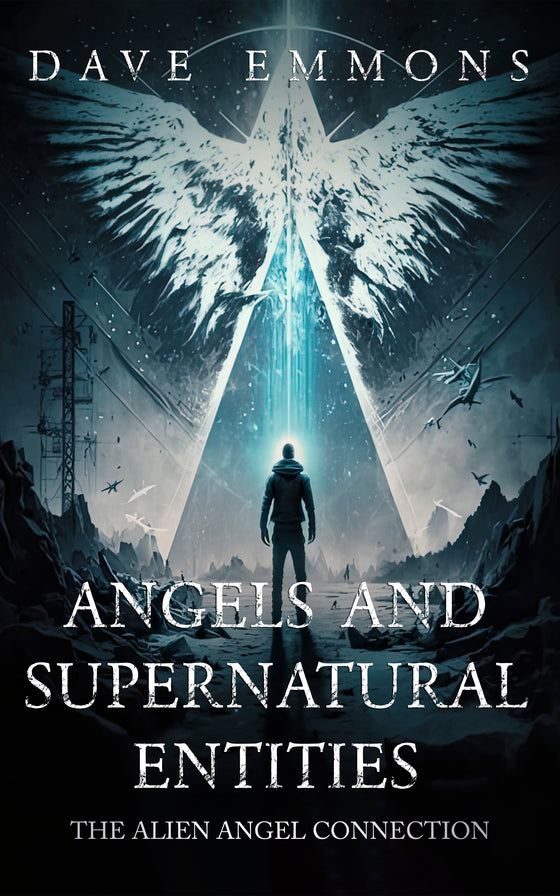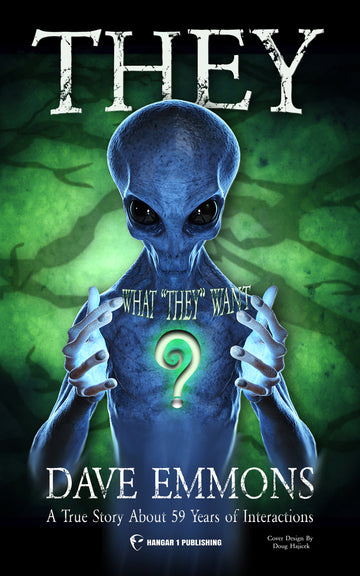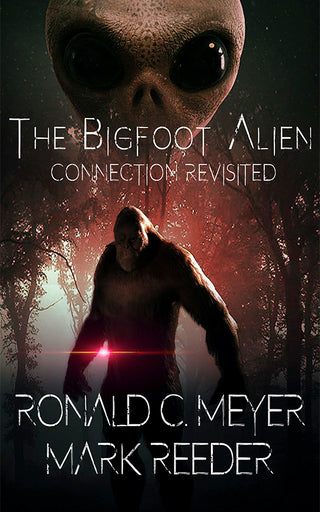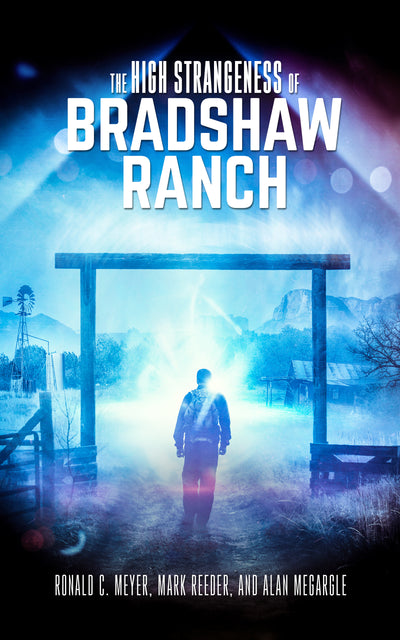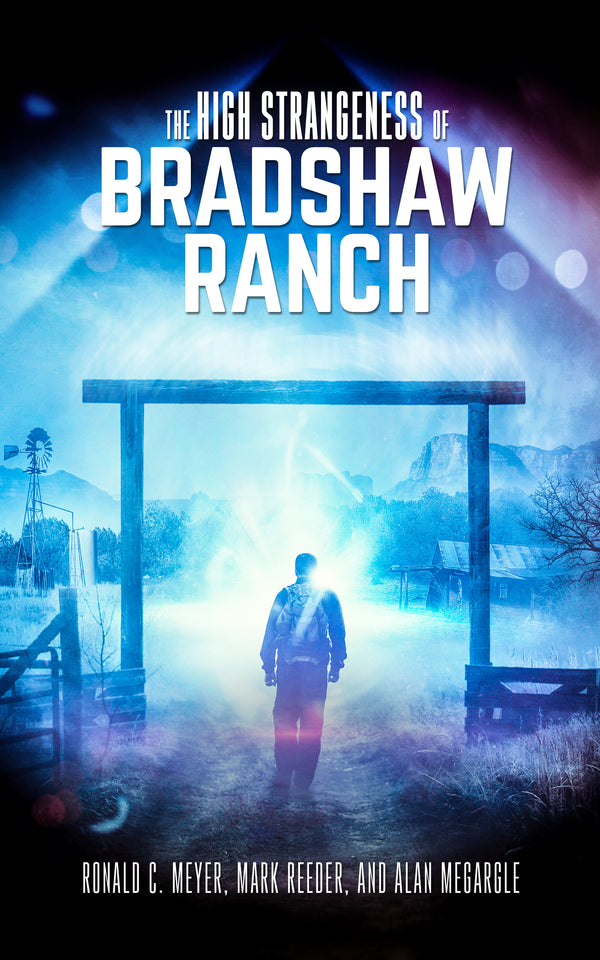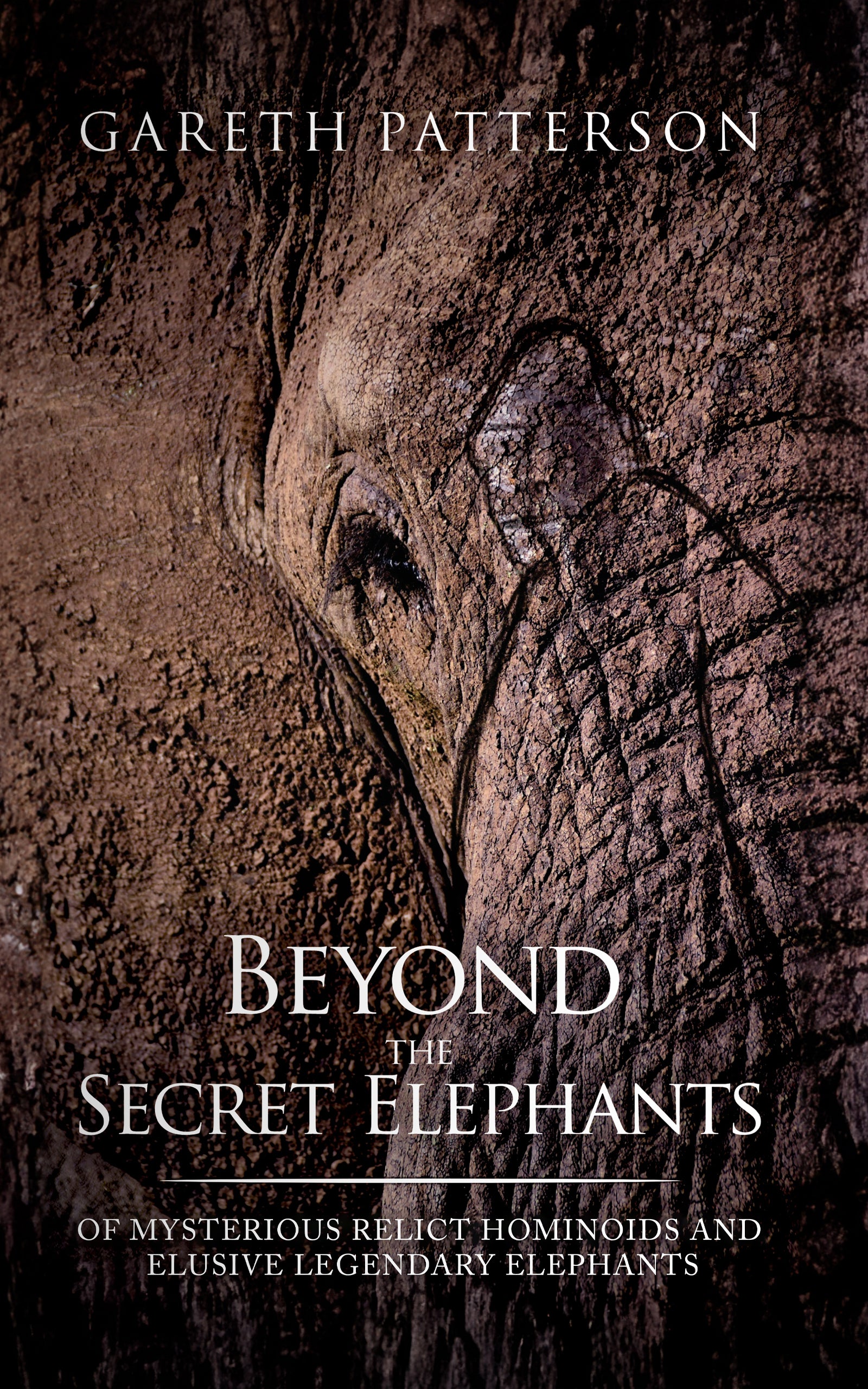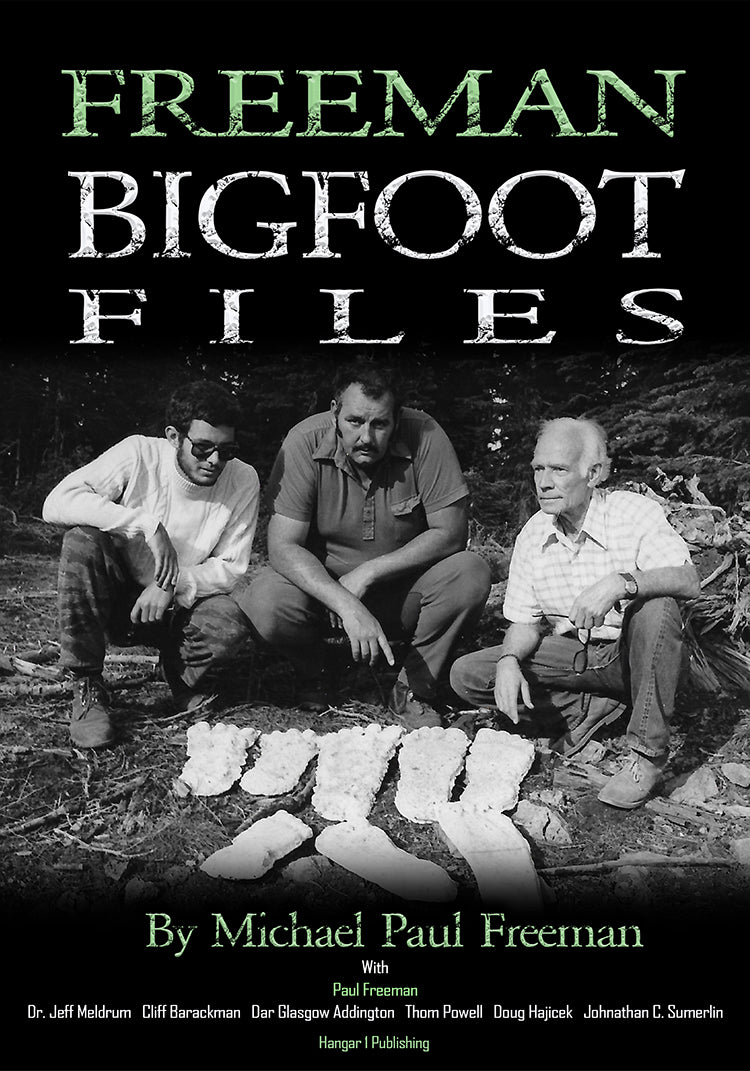The UFO Realm in Pop Culture: How Fiction and Fact Shaped Our Alien Obsession

By Sanjay Kapoor, Ufologist
I've spent years pointing telescopes at distant galaxies, searching for signals that might indicate we're not alone. Yet the most fascinating data about humanity's relationship with the unknown sits not in astronomical databases, but in our novels, films, and TV screens. The UFO realm in pop culture has become a mirror reflecting our deepest anxieties and hopes about what might be watching us from above.
What strikes me as a scientist is how this relationship works both ways. Fiction shapes what we expect to see. And what people claim to see then shapes the fiction. It's a feedback loop that's been spinning for over a century, and understanding it tells us as much about human psychology as it does about any potential visitors.
When Martians First Landed: The Literary Origins
Before anyone spotted a flying saucer, writers were already imagining alien invasion as a literary concept. H.G. Wells deserves credit for essentially inventing the alien invasion story with his 1898 novel The War of the Worlds. Wells wasn't just writing entertainment. He was transmuting anxieties about British imperial occupations into a story where the colonizers become the colonized.
The timing matters here. During an era when the word "alien" wasn't yet associated with extraterrestrial creatures, science fiction was using the concept to explore earthly fears. Western creators often framed alien conflicts as battles between brave protagonists and conquering extraterrestrial cultures.
Then came Orson Welles in 1938. His radio adaptation of Wells' novel became infamous when listeners believed a Martian invasion was actually occurring. Headlines screamed about radio listeners in panic, taking war drama as fact. The broadcast demonstrated something I find endlessly interesting: our readiness to believe in extraterrestrial contact predates any credible evidence of it.
The Day Everything Changed: Kenneth Arnold and the Flying Saucer
On June 24, 1947, pilot Kenneth Arnold spotted something strange while flying near Mount Rainier. His description of nine objects moving like saucers skipping on water didn't actually describe saucer-shaped craft. Arnold saw something more like crescents or boomerangs. But a reporter's shorthand gave us the term "flying saucer," and the modern UFO era was born.
I've read the original Air Force reports on the Arnold sighting, and what strikes me is how quickly the saucer image crystallized. Arnold told his story to reporters Bill Bequette and Nolan Skiff at the East Oregonian, and within days, people across America were reporting similar sightings. The 1947 flying disc craze had begun.
Some modern researchers have re-evaluated what Arnold actually described versus what was reported. An Air Force investigation concluded that Arnold may have seen lenticular clouds or a mirage. But by then, the saucer template was locked into public consciousness.
Roswell and the Conspiracy Template
Just two weeks after Arnold's sighting, the Roswell Army Air Field announced recovering a "flying disc" before quickly retracting the statement. That retraction, coming so fast after the initial announcement, planted seeds of distrust that would grow for decades.
The Roswell incident shows how government communication failures can spawn conspiracy theories. The AARO Historical Record Report later noted that a CIA-sponsored panel once proposed "debunking" efforts to reduce UFO reports, fearing they could create mass hysteria benefiting the Soviet Union. This well-documented history of official attempts to shape public perception gives conspiracy believers ammunition.
Hollywood's Golden Age of Alien Contact
The Golden Age of science fiction from the 1930s through the 1960s established visual templates we still use today. The flying saucer image appeared on magazine covers and movie posters, becoming the default shape for alien spacecraft in the public imagination.
Films like The Day the Earth Stood Still (1951) and Invasion of the Body Snatchers (1956) used alien contact as metaphor for Cold War paranoia. UFO researchers and reporters noticed that sighting reports often reflected whatever anxieties dominated current events.
The Spielberg Effect
Steven Spielberg changed everything in 1977 with Close Encounters of the Third Kind, presenting benevolent aliens interested in communication rather than conquest. Then came E.T. the Extra-Terrestrial in 1982, which grossed $87 million by early July 1982 alone.
Spielberg's films gave us a new archetype: the alien as friend, misunderstood and stranded, seeking only to go home. This wasn't the terrifying invader of Wells' imagination. This was a creature capable of forming emotional bonds with humans, particularly children.
The same era saw James Cameron's Aliens (1986), which combined science fiction horror with action in ways that would influence the genre for decades. Cameron himself became a master of science fiction action films, eventually directing Titanic and later returning to alien themes.
The Blockbuster Invasion
By 1996, Independence Day grossed over $817.4 million worldwide on a $75 million budget, becoming the year's highest-grossing film. The alien invasion spectacle had become a reliable box office formula.
But sequels rarely captured that lightning. Independence Day: Resurgence (2016) earned only $103 million domestically. The economics of genre films had shifted. Audiences wanted either massive spectacle or something genuinely new.
John Carpenter's The Thing (1982) offers an interesting case study. The film received poor initial reviews and disappointing box office returns in November 1982. Carpenter and cinematographer Dean Cundey had created a masterpiece that audiences weren't ready for. Today it's considered one of the greatest sci-fi horror films ever made.
Television's Long Game: From X-Files to Ancient Aliens
Movies give us two-hour experiences. Television builds mythology over years. And no show built UFO mythology more effectively than The X-Files.
Premiering in 1993, The X-Files explored government conspiracies and extraterrestrial life through the lens of two FBI agents. The show tapped into rising UFO conspiracy culture during the 1990s, alongside films like Men in Black.
What made The X-Files work was its ambiguity. Mulder wanted to believe. Scully demanded evidence. That tension between faith and skepticism, between wanting answers and needing proof, resonated with audiences. The show explored alien abduction folklore and government cover-up narratives that had been building since Roswell.
Ancient Aliens and the Pseudoscience Problem
Then there's Ancient Aliens, which premiered in 2009 and is still producing episodes. The show had 1.676 million viewers in late October 2010 and 2.034 million for its "Unexplained Structures" episode. Season 2 drew strong ratings and the cast and crew kept delivering content audiences wanted.
As a scientist, I have serious problems with this show. The Smithsonian called out its "idiocy, fabrications and lies", noting that presenting it as documentary on a non-fiction network is deeply problematic. The show's methodology amounts to "I don't know, therefore aliens."
Yet I can't ignore that Ancient Aliens remains popular non-fiction television. The AARO report acknowledged that UAP content in popular culture is more pervasive now than ever. Shows like this create a baseline level of interest, even when their methods are questionable. The question is whether that interest helps or hurts serious inquiry.
The Disclosure Era: When Government Confirmed What Movies Imagined
Everything changed in December 2017 when The New York Times revealed a secret Pentagon UFO program funded at the initiative of Senator Harry Reid. The Advanced Aerospace Threat Identification Program (AATIP) had been investigating aerial threats since 2007.
The story included three declassified Navy videos showing objects performing maneuvers that seemed to defy conventional physics. The Pentagon officially released these videos in April 2020, confirming their authenticity. The Navy had already confirmed in 2019 that the footage showed "unidentified aerial phenomena".
This wasn't science fiction. This was the Defense Department confirming legitimate images of unexplained objects. The Pentagon's handling of UFO reports was becoming public policy rather than classified speculation.
From UAP Task Force to AARO
In June 2021, the Office of the Director of National Intelligence submitted its preliminary UAP assessment to Congress. The report analyzed 144 military incidents and concluded most remained unexplained.
The May 2022 Congressional hearing on UAPs marked another milestone. The Yale Student U.F.O. Society notes this was a follow-up to the 2021 assessment. Ranking Member Garcia's opening statement emphasized the national security implications.
Then came another House Oversight Committee hearing with whistleblowers making extraordinary claims about recovered non-human technology. Podcasts like WEAPONIZED with Jeremy Corbell and George Knapp have covered these developments extensively.
Yet the official position remains cautious. The DOD discounted sightings of extraterrestrial technology in its March 2024 report. AARO found no verifiable evidence of extraterrestrial activity. The Pentagon Press Secretary has maintained this position consistently.
Public Opinion: The Numbers Tell a Story
Here's where my scientific training kicks in. What do the actual data show about public belief?
A 2019 Gallup poll found 33% of Americans believed UFOs represent alien spacecraft. But something interesting happened after the disclosure events. By 2021, that number jumped to 41%, and the demographic shift was telling: college graduates moved from being the least likely to believe to being on par with everyone else.
Even more striking: 68% of Americans believe the government knows more than it's telling. This persistent distrust predates any recent disclosures and has been a constant since Roswell.
The 2021 government report generated massive interest. Coverage of ufology exploded across media platforms, and UFO news aggregators tracked thousands of articles. Online communities dissected every development.
The Senate Intelligence Committee has taken the matter seriously enough to mandate regular reporting. For researchers like me, this institutional attention represents a sea change from decades of official dismissal.
The Vocabulary Shift: Why "UAP" Matters
You've probably noticed I've been using both "UFO" and "UAP" in this article. The terminology shift is deliberate policy, not just bureaucratic rebranding.
"UFO" carries decades of cultural baggage: little green men, tin foil hats, conspiracy theorists. The Navy drafted formal reporting guidelines after pilots complained about stigma. Military personnel were reluctant to report sightings because they didn't want to be associated with UFO "believers."
A collective opinion had emerged that anyone who reported UFOs was a crank. By adopting "Unidentified Anomalous Phenomena," officials hoped to create a neutral framework for reporting. Pentagon spokespersons now confirm that the term covers objects filmed by Navy personnel without implying any conclusions about origin.
The policy implications of this shift matter. When military pilots can report anomalies without career risk, data collection improves. When senators like Harry Reid can advocate for research funding without ridicule, resources become available.
Pop Culture's Continuing Influence
The feedback loop between fiction and reported reality never stops spinning. Experts suggest public fascination with aliens stems from science fiction combined with genuine curiosity. Film and television have normalized alien encounter narratives, creating frameworks for how people interpret anomalous experiences.
The aesthetic has become codified. "Aliencore" fashion features vintage 1990s-2000s green alien imagery, glow-in-the-dark decorations, and neon Martian themes. The alien has become a consumer product.
Media analysis shows how "alien" functions as shorthand for shifting social anxieties. Film adaptations of War of the Worlds have consistently updated the invasion metaphor for contemporary fears, whether about terrorism, pandemics, or technological collapse.
H.G. Wells' original 1898 novel shifted threats from maritime and terrestrial to extraterrestrial. That conceptual move opened storytelling possibilities that creators have been exploring ever since. Academic bibliographies track thousands of UFO-related publications across every medium.
Even early reviews of Wells' work recognized he was doing something new with speculative fiction. That tradition continues through contemporary authors and filmmakers exploring alien themes.
Where I Stand: A Scientist's Perspective
I started by saying I approach this topic with open-minded skepticism. Let me explain what that means.
I don't believe the evidence currently supports extraterrestrial visitation. NASA's independent study team urged a rigorous, evidence-based approach with calibrated sensors, standardized reporting, and open data. That's the only path to converting anecdotes into analyzable signals.
Yet dismissing the phenomenon entirely represents intellectual cowardice. The relationship between science fiction and UFO reports is complex. Yes, pop culture shapes expectations. But trained military pilots with sophisticated sensors are reporting objects that don't match any known aircraft.
The physicist in me sees opportunity here. If even one of these objects represents technology beyond our current understanding, the scientific implications would be staggering. And if all of them turn out to have prosaic explanations, we'll have learned something valuable about atmospheric phenomena, sensor limitations, and human perception.
Some observers worry about how this topic intersects with belief systems and social anxieties. That concern is valid. But the solution isn't to stop investigating. The solution is to investigate rigorously, transparently, and with scientific integrity.
The UFO realm in pop culture has given us templates for both hope and fear. It's shown us aliens as invaders, as friends, as gods, and as cosmic neighbors. Now, with government agencies taking the phenomenon seriously, we have a chance to move beyond templates toward actual understanding. That's a story worth following, whether you're an astrophysicist or just someone who looked up at the night sky and wondered.
Scientists are finally considering whether we've been visited by aliens or their technology. After a century of fiction preparing us for this question, reality might finally be ready to provide an answer.
UFOs have been wheeled out as evidence for theories ranging from extraterrestrial contact to parallel dimensions. The War of the Worlds started this conversation in 1898. Orson Welles' 1938 broadcast showed how ready we were to believe. And now, with official government assessments acknowledging that most sightings remain unexplained, the conversation enters a new phase.
I'll keep pointing my telescope at distant galaxies. But I'll also keep watching what happens here on Earth, where fiction and fact continue their strange dance around the question of whether we're alone in the universe.
From Bigfoot to UFOs: Hangar 1 Publishing Has You Covered!
Explore Untold Stories: Venture into the world of UFOs, cryptids, Bigfoot, and beyond. Every story is a journey into the extraordinary.
Immersive Book Technology: Experience real videos, sights, and sounds within our books. Its not just reading; its an adventure.








